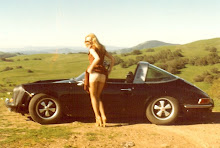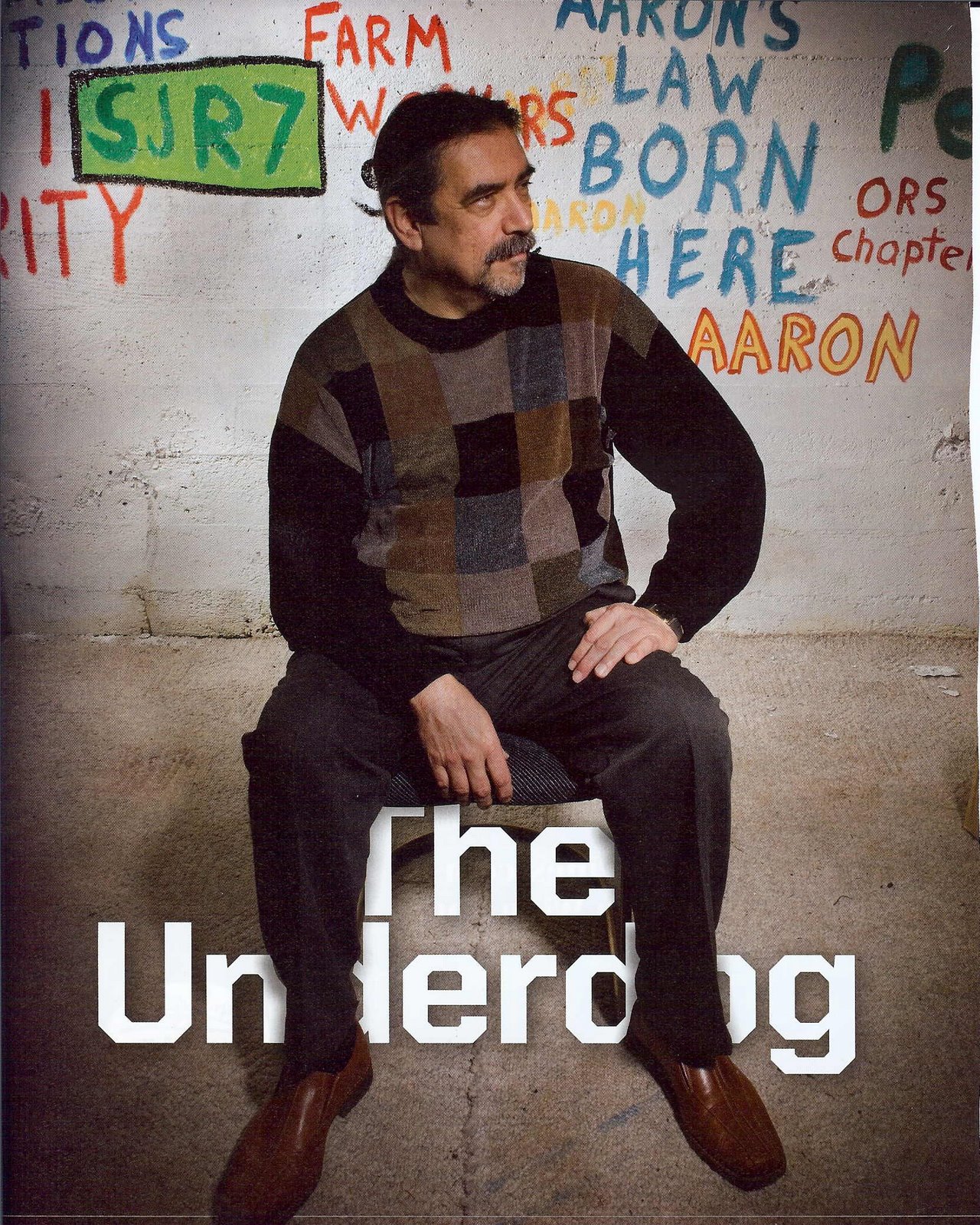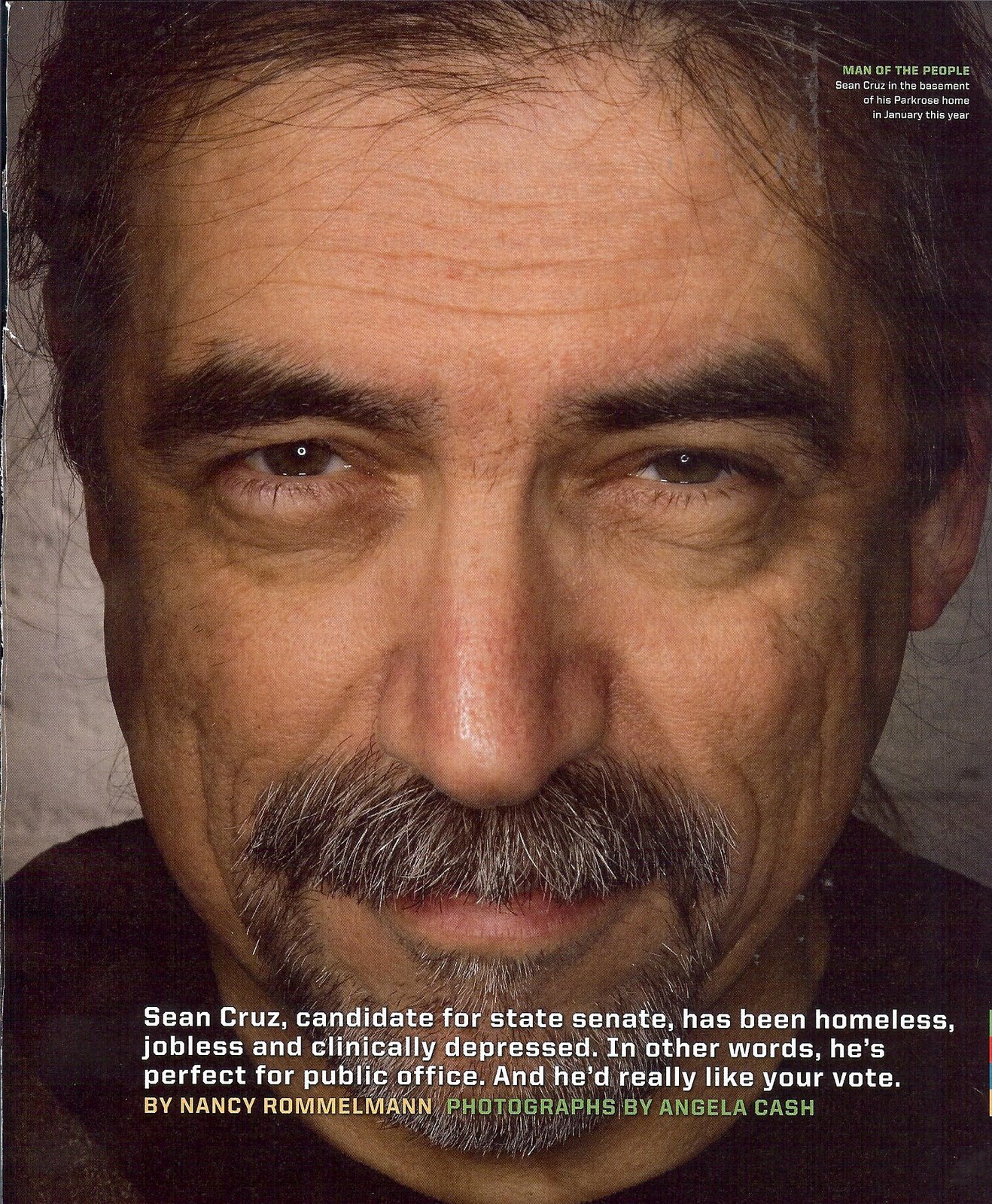Portland, Oregon—
On this day, December 29, 1891, the U.S. 7th Cavalry committed the outrageous genocidal cold-blooded murder of more than 150 defenseless Lakota men, women and children at a place called Wounded Knee.
A force of some 500 U.S. 7th Cavalry terrorists equipped with four Hotchkiss guns surrounded the Lakota camp in the early morning as families slept in their tipis, and opened fire. Most of the Lakota men died in the first few minutes, and were mostly unarmed. After that, it was mostly a matter of slaughtering women, children, babies and anything that moved.
7th Cavalry butchers pose with three of the four Hotchkiss guns they used
at Wounded Knee massacre
“(The Hotchkiss guns were) used with devastating effect at San Juan Hill and Wounded Knee.”—narrator, The History Channel
Thanks to modern technology, you can see for yourself the damage a Hotchkiss gun can do:
Top Shot: Hotchkiss mountain gun, pt 1
http://www.youtube.com/watch?NR=1&feature=endscreen&v=aQNE6pkuf5E
Top Shot: Hotchkiss mountain gun, pt 2
http://www.youtube.com/watch?v=QRHSzHknqME&feature=related
Among the 51 wounded Lakota who survived the massacre were 47 women and children, but only 4 men. Many of the wounded died later, on the cold ground or on the floor of the church where they were taken. Several babies were found alive in the snow days later, wrapped in their murdered mothers’ shawls.
7th Cavalry butchers pose with massacred Lakota corpses, men, women and children
The American public mainly supported the slaughter, and the Army awarded Congressional Medals of Honor to twenty of these terrorists. L. Frank Baum, who later became the author of The Wonderful Wizard of Oz, wrote in the Aberdeen Saturday Pioneer several days after the massacre:
“The Pioneer has before declared that our only safety depends upon the total extermination of the Indians. Having wronged them for centuries, we had better, in order to protect our civilization, follow it up by one more wrong and wipe these untamed and untamable creatures from the face of the earth. In this lies future safety for our settlers and the soldiers who are under incompetent commands. Otherwise, we may expect future years to be as full of trouble with the redskins as those have been in the past.”
The atrocities at Wounded Knee were described by a number of witnesses:
American Horse (1840–1908); Chief, Oglala Lakota:
"There was a woman with an infant in her arms who was killed as she almost touched the flag of truce...A mother was shot down with her infant; the child not knowing that its mother was dead was still nursing...The women as they were fleeing with their babies were killed together, shot right through...and after most all of them had been killed a cry was made that all those who were not killed or wounded should come forth and they would be safe. Little boys...came out of their places of refuge, and as soon as they came in sight a number of soldiers surrounded them and butchered them there."
Edward S. Godfrey; Captain; commanded Co. D of the Seventh Cavalry:
"I know the men did not aim deliberately and they were greatly excited. I don't believe they saw their sights. They fired rapidly but it seemed to me only a few seconds till there was not a living thing before us; warriors, squaws, children, ponies, and dogs...went down before that unaimed fire."
Hugh McGinnis; First Battalion, Co. K, Seventh Cavalry:
General Nelson A. Miles who visited the scene of carnage, following a three day blizzard, estimated that around 300 snow shrouded forms were strewn over the countryside. He also discovered to his horror that helpless children and women with babes in their arms had been chased as far as two miles from the original scene of encounter and cut down without mercy by the troopers. ... Judging by the slaughter on the battlefield it was suggested that the soldiers simply went berserk. For who could explain such a merciless disregard for life?... As I see it the battle was more or less a matter of spontaneous combustion, sparked by mutual distrust....”
Three weeks after the massacre, there were still unburied Lakota men, women and children
The U.S. Army committed a similar atrocity on the other side of the world on March 16, 1968, when soldiers rounded up more than 500 unarmed civilians, men, women and children, and gunned them down at a place called My Lai.
Seconds after this photo was taken, these terrified civilians were slaughtered.
Although no medals were awarded for the My Lai massacre, only one soldier, Lt. William Calley, was tried for the crimes. Although found guilty of 26 homicides, he was sentenced to just three years of home confinement and released.
Not much distinguishes the two events from each other, mostly warmer weather, color photography and much more efficient weaponry in Vietnam, but the Wounded Knee massacre was an act of genocide, an overt expression of long-accepted U.S. policy towards Indian populations wherever they were found on the American continent.
=======
Source: photos and quotations: Wikipedia























